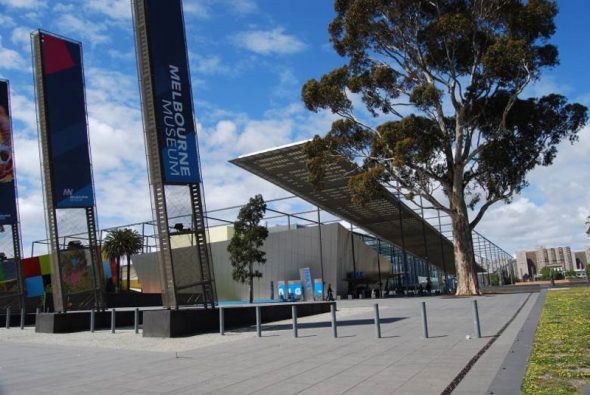A Victorian-government funded program to install rooftop co-generation, and other energy and water saving measures throughout the buildings of Museums Victoria is expected to cut the organisation’s energy costs by nearly one-third.

The $11 million project will be undertaken by global engineering firm Siemens, which was chosen for the job by the Labor Andrews government’s Greener Government Buildings program.
Siemens will install LED lighting and ultra-efficient chillers and water systems throughout the organisation – including the Melbourne Museum, the Immigration Museum, the Exhibition Building, Scienceworks and two storage facilities – as well as a co-generation unit on the roof of the Melbourne Museum.
All up, the project is expected to reduce Museum Victoria’s greenhouse gas emissions by 35 per cent, cut water usage by 6 per cent, and reduce electricity costs by 32 per cent.

Museums Victoria, which is Australia’s largest public museums organisation, is expected to repay the cost of the project within seven years using its savings on energy.
The project marks another small step towards the Andrews government’s target of net zero emissions for the state by 2050, which was written into law just last week with the successful passage of the Climate Change Bill.
State finance minister Robin Scott said it would make a “real difference – not just for the environmental benefits, but proving there are ways we can think outside the box and work together to achieve environmental targets.”
The state is also targeting 25 per cent renewable energy by 2020 and 40 per cent by 2025, and to that end has just this week launched its first large-scale solar auction, the 75MW Solar Certificate Tender.








